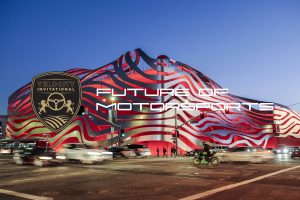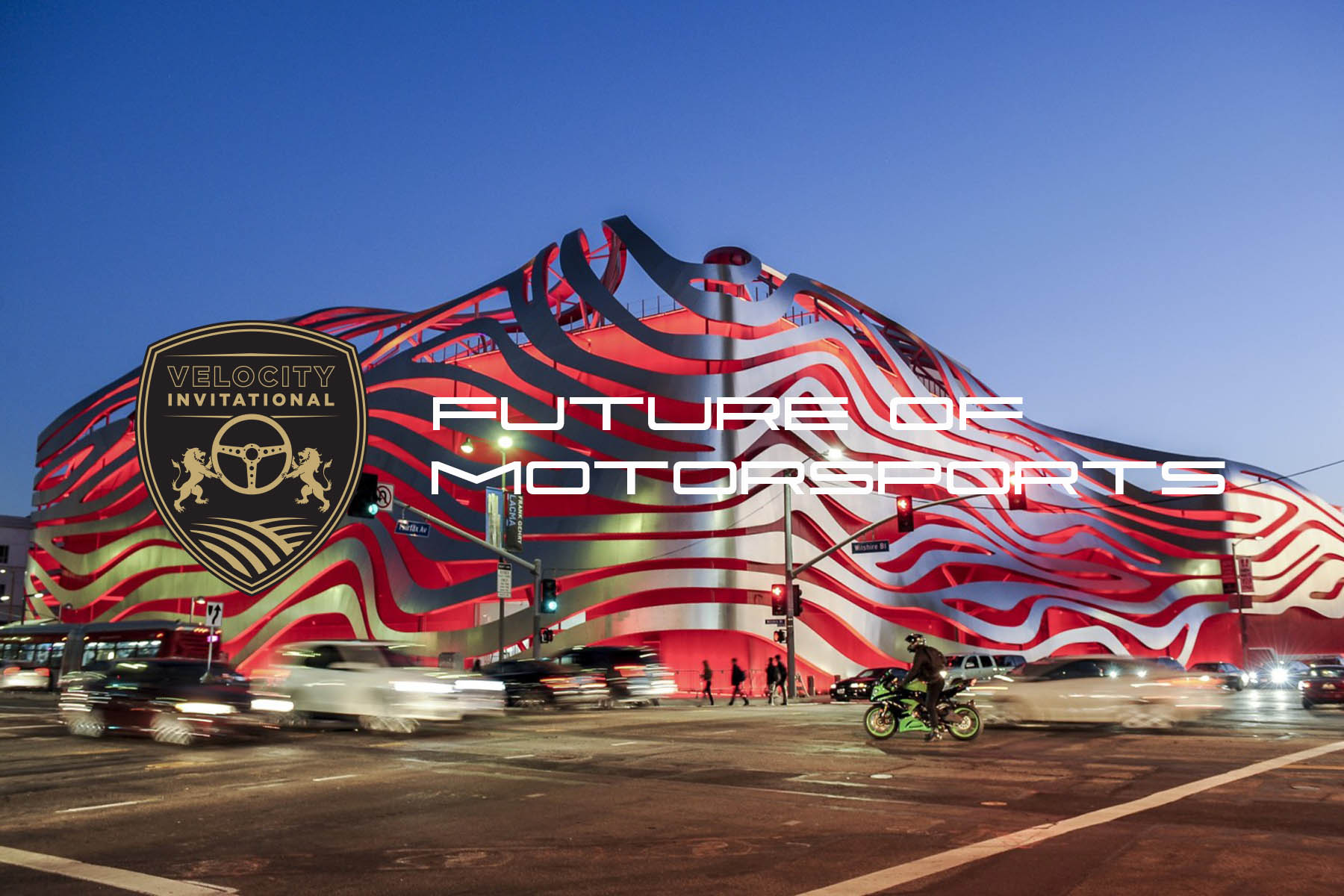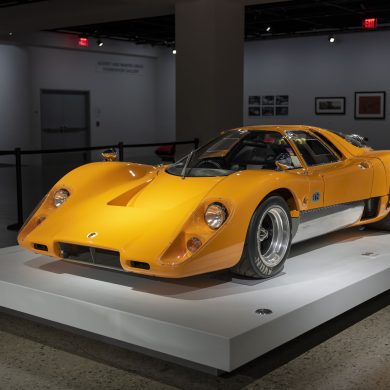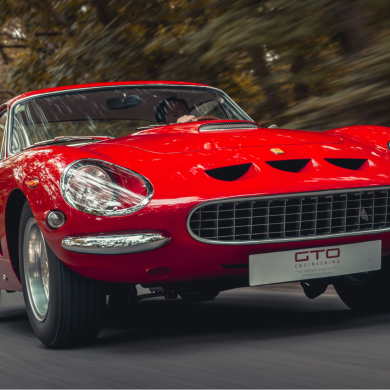“Staying current” in the automobile industry is no easy task, especially when your first responsibility is to preserve the past. Nevertheless, the Petersen Museum continues to do “just that” as shown by hosting the recent discussion “Future of Motorsports”. Held during the Velocity Invitational at Weathertech Raceway Laguna Seca, the sold-out evening was a true success for a variety of reasons. Yes, there was a cocktail hour on the patio overlooking the Minis and Mustangs racing below; definitely entertaining. Hors d’oeuvres and dinner were also scrumptious. But more importantly, we were privileged to listen to industry leaders discuss what’s around the corner in the world we live and breathe; motorsports.

And who better to moderate the evening’s dialogue than founder and CEO of Racer Magazine, Paul Pfanner. Having both witnessed and succeeded in decades of racing’s everchanging landscape, Paul was perfectly equipped to ask the “right” questions and his wisdom was evident when he started the conversation with the statement “We exist because of the customer. Motorsports succeeds when we amplify their emotions.” Included on the panel was Jim Farley, CEO of Ford; Zak Brown, CEO of McLaren Racing; Jacob Hawksworth, Founder and CEO of HyperCraft; Jay Frye, President of INDYCAR and Richard Varner, CFO of Moto-America. In other words, two-wheels or four, gasoline or electric, no stone was going to be left unturned.

On the subject of two-wheels, it was interesting to hear MotoAmerica’s Richard Varner discuss his plight of re-building motorcycle road racing in the states which until recently, was on life support. What’s different today than decades ago during AMA’s reign? “Frankly, we’ve had to reorient what we do. We’re not just a racing series, we’re also evolving into a media company.” Change wasn’t just on the mind of Richard Varner. Ford’s CEO Jim Farley brought up the need to build cars that are designed to accept software upgrades during the life expectancy of the vehicle. Failure to “think forward” he claimed would leave any auto manufacture to repeat the rise and fall much like the original Blackberry phone. He also touted “No more generic cars…we are going to double-down on the customer experience.”

Moving on to Paul Pfanner’s curiosity about why the Netflix series “Drive to Survive” has been such a hit in America, Zak Brown offered a few thoughts. “Formula One has always been an awesome sport, but I don’t think we’ve ever let the fan in. Bernie Ecclestone did an unbelievable job of building the sport, but we ended up kind of racing for our selves which is all wrong. We need to be 100% focused on the fan and what they want. Netflix and social media now allow us to interact with the fan.” to which Paul Pfanner replied, “So at the heart of all of this is not the technology, but the audience.” Zak agreed and reinforced the idea of providing content to the fans.
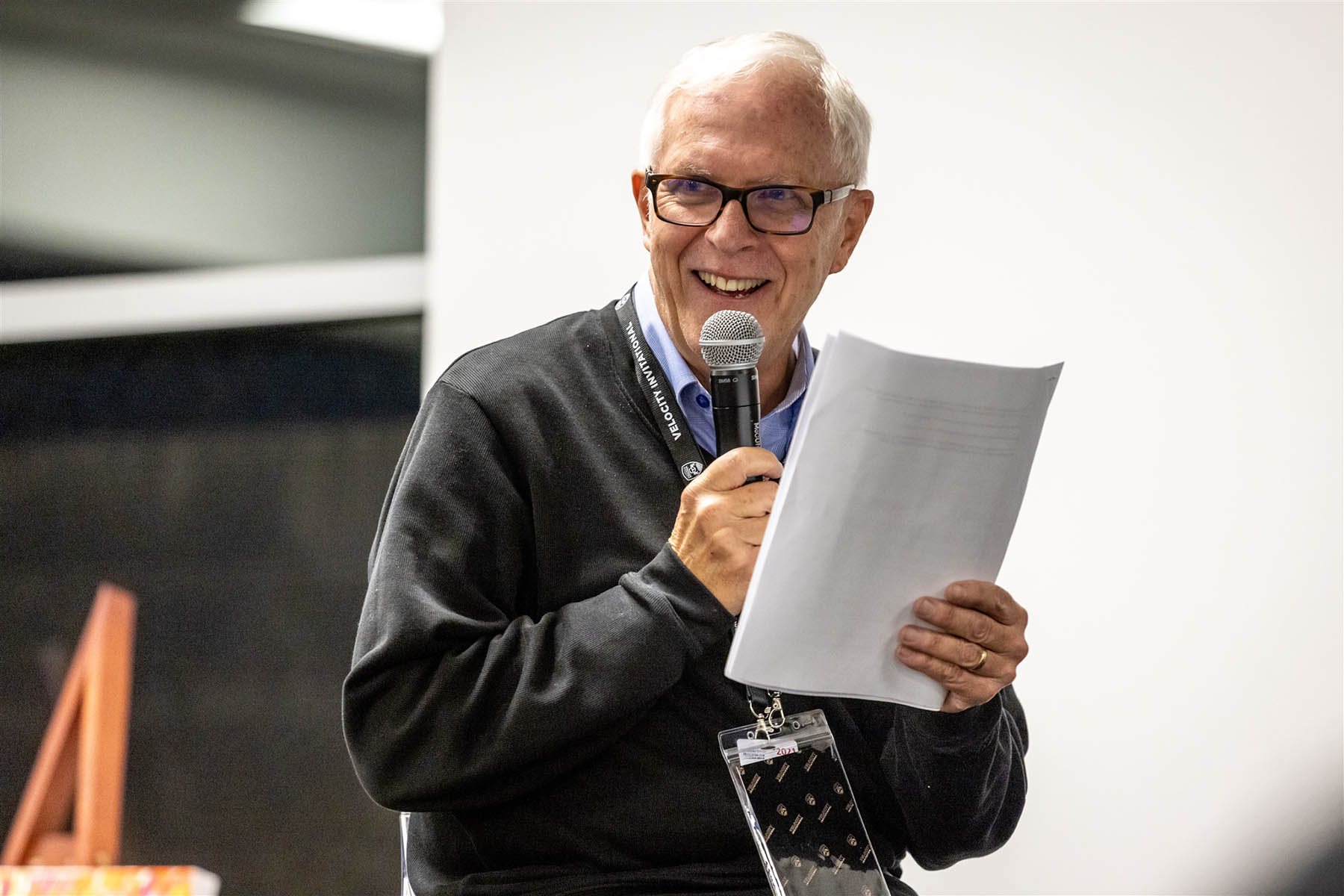
Next came the topic of the human vs. technology stories. Paul pointed out that content on racers themselves have 3 to 4 times more audience engagement than stories on cars. Jay Frye, President of INDYCAR, couldn’t agree more. “One of our mantras is Fast, Loud and Authentic… We have the loud and fast figured out with our cars, and now it’s about our drivers. We have a phenomenal group of both veteran and young drivers, and we think the racing product is really good.”

One of the evening’s biggest moments was when Paul poised the question “What’s going to happen when the engine noise is gone?” Ford’s Jim Farley thought the need to give race fans more telemetry information will be important for fan engagement. Jacob Hawksworth, Founder and CEO of HyperCraft brought up the fact that tuning electrical drivetrains won’t fall on a mechanic’s shoulders, but instead on a technician via software changes. Jay Frye responded that IndyCar is soon implementing a hybrid engine package which will result in more power and still a great sound. In summary, change is inevitable, so figuring out how to engage the audience on an emotional level remains the biggest goal.
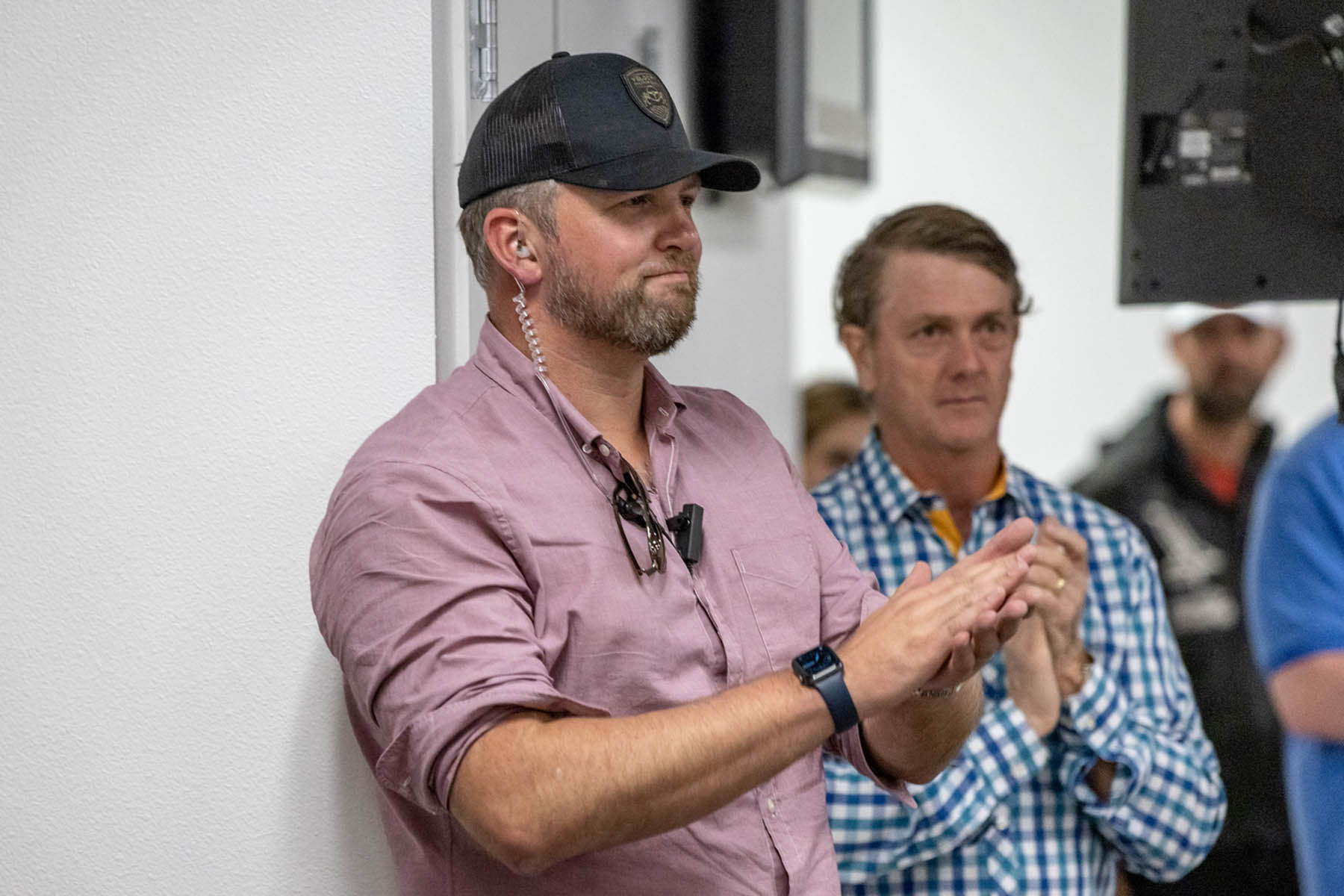
Paul wrapped things up with asking what change is necessary for the future of motorsports to evolve, and how do we manage it? Zak’s response was to focus on two elements; the fans and the corporate sponsors; both have to feel engaged and along for the ride. Where Zak feels like the racing industry has failed is communicating how much is being conveyed in the areas of safety and ecologically awareness. “Many look at motorsports entities as simply being big carbon violators, so there’s a lot of room for improvement in that area.”

Pfanner closed the discussion with bringing up the importance of women drivers in the future of motorsports. Diversity, sustainability, audience engagement…all issues rarely discussed in years past, but now on the front of minds to those leading the sport into the future. Velocity Invitational founder Jeff O’Neill closed off the discussion by reminding all of us that the future of vintage racing is all about entertainment, diversity and engaging a younger audience. I’ll raise my drink to that!
